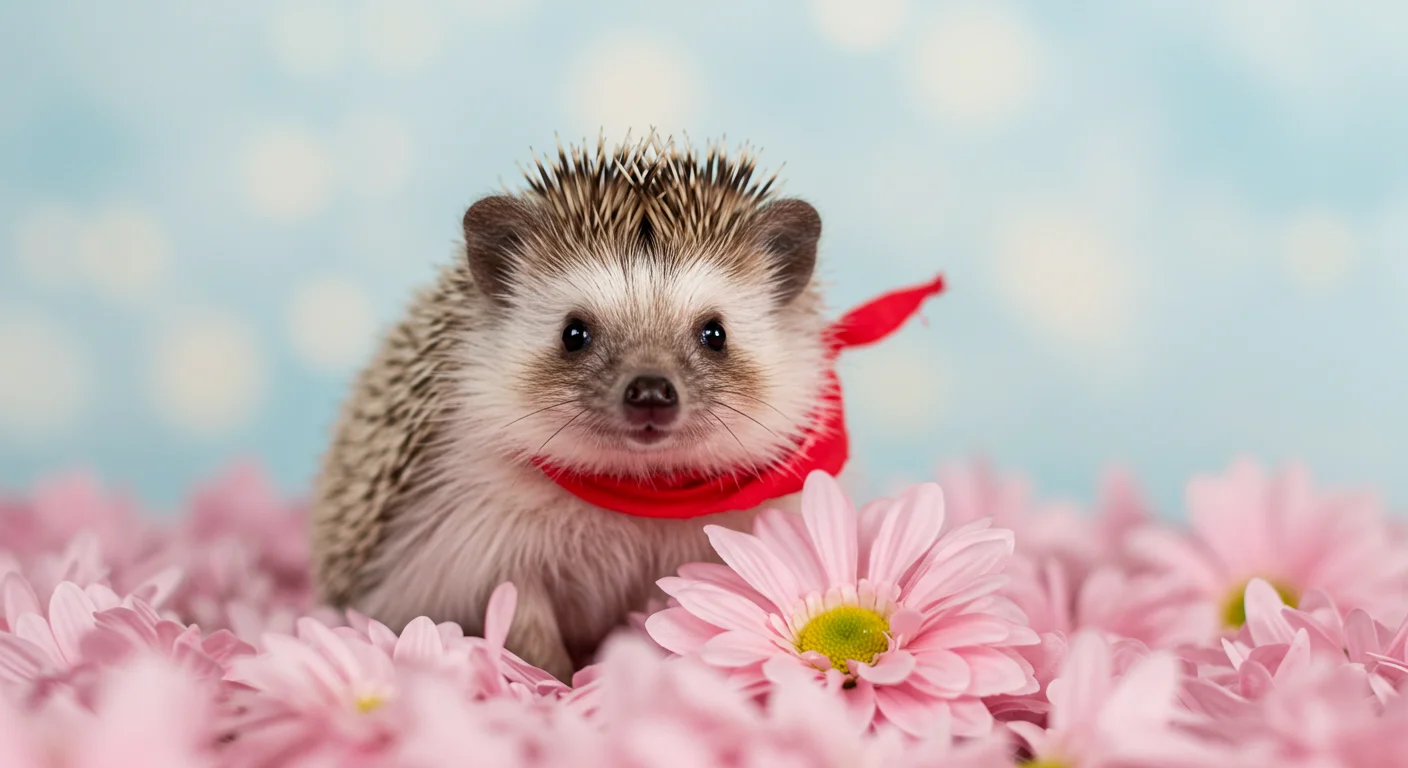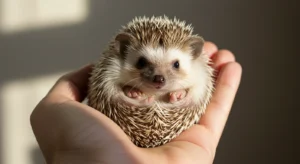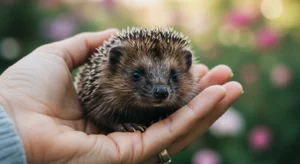body {
font-family: ‘Segoe UI’, Tahoma, Geneva, Verdana, sans-serif;
line-height: 1.6;
color: #333;
background-color: #f4f4f4;
margin: 0;
padding: 0;
}
.article-layout-container {
display: flex;
gap: 30px;
max-width: 1100px;
margin: 40px auto;
padding: 0 15px;
}
.article-content-main {
flex: 3;
min-width: 0;
}
.toc-sidebar {
flex: 1;
min-width: 200px;
height: fit-content;
position: sticky;
top: 20px;
background-color: #f8f9fa;
padding: 20px;
border-radius: 8px;
box-shadow: 0 2px 5px rgba(0,0,0,0.05);
}
.toc-sidebar h3 {
margin-top: 0;
margin-bottom: 15px;
font-size: 1.2em;
color: #34495e;
border-bottom: 1px solid #e0e0e0;
padding-bottom: 8px;
}
.toc-sidebar ul {
list-style: none;
padding: 0;
margin: 0;
}
.toc-sidebar li {
margin-bottom: 10px;
}
.toc-sidebar a {
text-decoration: none;
color: #2980b9;
font-size: 0.95em;
transition: color 0.2s ease;
}
.toc-sidebar a:hover,
.toc-sidebar a:focus {
color: #1a5276;
text-decoration: underline;
}
.article-container {
padding: 30px;
background-color: #fff;
border-radius: 8px;
box-shadow: 0 4px 8px rgba(0, 0, 0, 0.1);
}
.article-header img {
width: 100%;
max-height: 350px;
object-fit: cover;
border-radius: 8px 8px 0 0;
margin-bottom: 20px;
}
.article-container h1 {
font-size: 2.5em;
color: #2c3e50;
margin-bottom: 15px;
border-bottom: 2px solid #3498db;
padding-bottom: 10px;
}
.article-container .tag {
display: inline-block;
background-color: #3498db;
color: #fff;
padding: 5px 15px;
border-radius: 15px;
font-size: 0.9em;
margin-bottom: 20px;
text-transform: uppercase;
letter-spacing: 0.5px;
}
.article-container h2 {
font-size: 1.8em;
color: #2980b9;
margin-top: 30px;
margin-bottom: 15px;
scroll-margin-top: 80px;
}
.article-container h3 {
font-size: 1.4em;
color: #34495e;
margin-top: 25px;
margin-bottom: 10px;
}
.article-container p {
margin-bottom: 15px;
color: #555;
text-align: justify;
}
.article-container ul,
.article-container ol {
margin-left: 20px;
margin-bottom: 15px;
padding-left: 20px;
}
.article-container li {
margin-bottom: 8px;
}
.article-container strong {
color: #2c3e50;
font-weight: 600;
}
.important-note {
background-color: #e8f6fd;
border-left: 4px solid #3498db;
padding: 15px;
margin: 20px 0;
border-radius: 4px;
}
.important-note p {
margin-bottom: 0;
}
.warning-note {
background-color: #fef5e7;
border-left: 4px solid #e67e22;
padding: 15px;
margin: 20px 0;
border-radius: 4px;
}
.warning-note p {
margin-bottom: 0;
}
table {
width: 100%;
border-collapse: collapse;
margin: 20px 0;
font-size: 0.95em;
}
table th, table td {
border: 1px solid #e0e0e0;
padding: 10px 12px;
text-align: left;
}
table th {
background-color: #f2f2f2;
color: #34495e;
font-weight: 600;
}
table tr:nth-child(even) {
background-color: #f9f9f9;
}
@media (max-width: 992px) {
.article-layout-container {
flex-direction: column;
}
.toc-sidebar {
position: static;
order: -1;
margin-bottom: 30px;
width: auto;
min-width: unset;
}
}
@media (max-width: 768px) {
.article-layout-container {
margin: 20px auto;
padding: 0 10px;
}
.article-container {
padding: 20px;
}
.article-container h1 {
font-size: 2em;
}
.article-container h2 {
font-size: 1.5em;
}
.article-container h3 {
font-size: 1.2em;
}
table, thead, tbody, th, td, tr {
display: block;
}
thead tr {
position: absolute;
top: -9999px;
left: -9999px;
}
tr { border: 1px solid #ccc; margin-bottom: 10px;}
td {
border: none;
border-bottom: 1px solid #eee;
position: relative;
padding-left: 50%;
text-align: left;
}
td:before {
position: absolute;
top: 10px;
left: 10px;
width: 45%;
padding-right: 10px;
white-space: nowrap;
content: attr(data-label);
font-weight: bold;
text-align: left;
}
}
Hedgehog Safety
Hedgehog-Safe Plants: Avoiding Toxic Greens in Your Home
Hedgehogs are curious creatures that explore their environment through scent and sometimes, unfortunately, by taste. Many common houseplants and outdoor plants can be toxic if ingested, posing a significant risk to your pet during supervised playtime or if plant matter accidentally falls into their enclosure. Knowing which plants are safe and which to avoid is crucial for hedgehog safety.
The Danger of Plants
Plant toxicity varies greatly. Some plants might only cause mild irritation or stomach upset if nibbled, while others contain potent toxins that can lead to severe poisoning, organ damage, or even death. Symptoms of plant poisoning in hedgehogs can include:
- Drooling or foaming at the mouth
- Vomiting or diarrhea
- Lethargy or weakness
- Difficulty breathing
- Seizures or tremors
- Loss of appetite
- Paw or mouth irritation
Because hedgehogs are small, even a small amount of a highly toxic plant can be dangerous. Prevention is always the best approach.
Identifying Common Toxic Plants
Many popular houseplants are harmful to pets. This list is **not exhaustive**, but includes some frequently encountered toxic plants. Always research any plant you have or plan to bring into a home with pets.
A useful resource for checking plant toxicity (primarily geared towards cats and dogs, but often applicable) is the ASPCA Toxic and Non-Toxic Plant List.
| Common Toxic Plant | Potential Symptoms/Toxic Principle |
|---|---|
| Lilies (Lilium spp., Hemerocallis spp.) | Highly toxic, especially to cats, potential kidney failure. Assume toxic to hedgehogs. |
| Pothos / Devil’s Ivy (Epipremnum aureum) | Oral irritation, swelling, vomiting (Calcium oxalates). |
| Dieffenbachia (Dumb Cane) | Intense oral irritation, swelling, difficulty swallowing (Calcium oxalates). |
| Philodendron (Philodendron spp.) | Oral irritation, swelling, vomiting (Calcium oxalates). |
| Peace Lily (Spathiphyllum spp.) | Oral irritation, drooling, vomiting (Calcium oxalates). Not a true lily but still toxic. |
| English Ivy (Hedera helix) | Vomiting, abdominal pain, hypersalivation (Triterpenoid saponins). |
| Sago Palm (Cycas revoluta) | Highly toxic. Vomiting, diarrhea, liver failure, death (Cycasin). |
| Aloe Vera (Aloe vera) | Vomiting, diarrhea, lethargy (Saponins, anthraquinones). Gel usually less toxic than the leaf skin. |
| Tulips & Hyacinths (Tulipa spp., Hyacinthus spp.) | Oral irritation, drooling, vomiting, diarrhea. Bulbs are most toxic. |
Being aware of common household toxins for hedgehogs extends beyond chemicals to include plants.

Safe Plant Alternatives
If you want greenery around your home, choose plants generally considered non-toxic to pets. Again, verify independently as lists can vary:
- Spider Plant (Chlorophytum comosum)
- Boston Fern (Nephrolepis exaltata)
- Haworthia (Haworthia spp. – zebra cactus)
- African Violet (Saintpaulia spp.)
- Christmas Cactus (Schlumbergera bridgesii)
- Herbs like Basil, Thyme, Rosemary (in moderation if nibbled, ensure pesticide-free)
- Wheatgrass (Cat Grass)
Even with “safe” plants, it’s best practice to keep them out of direct reach to prevent excessive nibbling or digging in the soil.
Outdoor & Wild Plant Risks
If allowing supervised outdoor time (which carries other risks like predators and pesticides), be aware of common yard weeds and plants:
- Mushrooms: Many wild mushrooms are toxic. Remove any from the play area.
- Buttercups, Daffodils, Foxglove, Nightshades: All common toxic yard plants.
- Pesticides/Herbicides: Lawn treatments are poisonous. Only use areas guaranteed to be chemical-free.
Knowing how to create a safe environment for hedgehog exploration includes outdoor plant awareness.
Prevention and Action
- Keep Plants Out of Reach: Place houseplants on high shelves, use hanging baskets, or keep them in rooms the hedgehog never accesses.
- Supervise Closely: During playtime outside the cage, constantly supervise your hedgehog and prevent access to plants.
- Check for Dropped Leaves/Flowers: Regularly check the floor, especially around plants, for any fallen parts your hedgehog might find.
- Educate Household Members: Ensure everyone in the home knows which plants are off-limits and the importance of keeping them away from the hedgehog.
- Action if Ingestion Suspected: If you suspect your hedgehog has eaten a toxic plant, contact your exotic pet veterinarian or an animal poison control center immediately. Try to identify the plant and bring a sample if possible. Do not induce vomiting unless specifically instructed by a vet.
When in Doubt, Assume it’s Toxic: If you cannot positively identify a plant and confirm its safety, assume it is toxic and keep it away from your hedgehog.
By carefully managing the plants in your home and supervising your pet, you can prevent accidental poisoning and ensure a safe environment for your curious hedgehog.
Toxicity information synthesized from resources like the ASPCA plant list and general veterinary toxicology principles. Always consult primary sources or a vet for definitive toxicity information.


